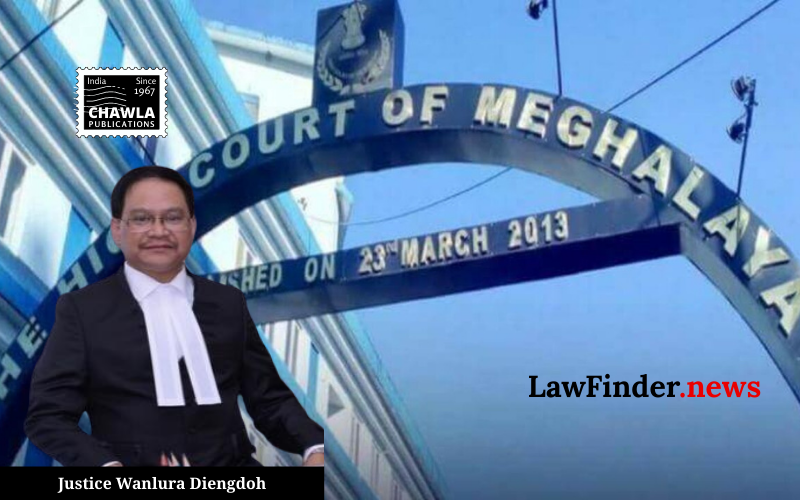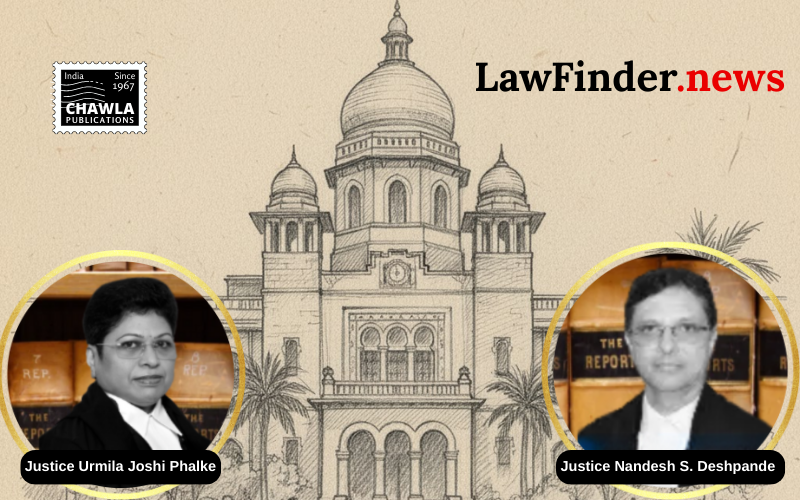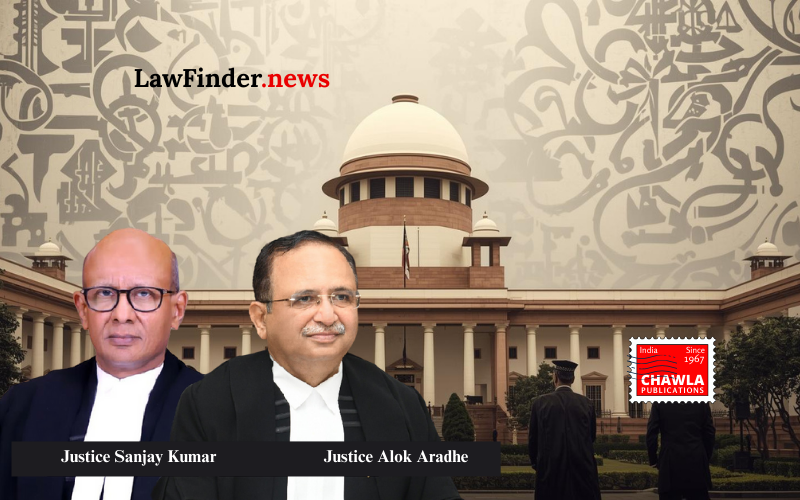Navigating Juvenility in Heinous Offenses: What evidence is hot and what is not

Reevaluating Documentary Evidence in the Determination of Juvenility under the Juvenile Justice Act
In a significant ruling that underscores the importance of reliability in evidence when determining juvenility in cases involving heinous offenses, the Supreme Court of India in Suresh v. State Of Uttar Pradesh has highlighted key considerations under the Juvenile Justice (Care and Protection of Children) Act, 2000.
Understanding the Background:
The case arose from an appeal challenging the orders of the Trial Court and the High Court which declared the accused, Respondent No.2, as a juvenile. The appellant alleged that Respondent No.2, along with his father, was involved in a heinous crime leading to the death of Rajesh Singh. The central issue revolved around determining the age of Respondent No.2 at the time of the offense, which has implications under juvenile law.
The Crux of the Judgment:
The Supreme Court delved into the methodology for determining juvenility as outlined under Rule 12(3) of the Juvenile Justice Rules, 2007. This rule prioritizes the matriculation or equivalent certificates, followed by the date of birth certificate from the first attended school, and subsequently, a birth certificate from local authorities. In absence of these, medical opinion is considered.
Conflicting Evidence:
The judgment critically examined the evidence presented: school certificates versus public records and medical reports. It was found that the school certificates, including the one from Kaushik Modern Public School, were based solely on oral representation by the father of Respondent No.2, lacking documentary corroboration. On the contrary, the Family Register under the U.P. Panchayat Raj Act and medical reports indicated that Respondent No.2 was a major, thus conflicting with the school records.
Legal Precedents:
The court relied on precedents such as Birad Mal Singhvi v. Anand Purohit and Om Prakash v. State of Rajasthan, emphasizing that statutory protection under juvenile laws should not be exploited through questionable evidence. The court noted that in cases of serious crimes, documentary evidence conflicting with the claim of minority must be weighed against scientific medical evidence.
The Court’s Decision:
The Supreme Court set aside the previous rulings, declaring Respondent No.2 as a major at the time of the offense. It directed the Trial Court to expedite the trial, ensuring justice is not compromised by procedural lapses in determining juvenility.
Implications for Juvenile Justice:
This judgment reinforces the need for courts to exercise caution and rigor in evaluating evidence related to juvenility, especially in serious offenses. It serves as a reminder that the justice system must balance statutory protections with the integrity of evidence to prevent misuse of juvenile laws.
Conclusion:
The Suresh v. State of Uttar Pradesh judgment is a pivotal reference for legal practitioners and policymakers in juvenile justice. It underscores the necessity for reliable documentation in age determination and sets a precedent for handling cases where juvenility is contested amid serious allegations. As India continues to evolve its legal framework, such judgments play a crucial role in shaping a balanced approach towards juvenile justice.
Suresh v. State of Uttar Pradesh, (SC) : Law Finder Doc Id # 2758247
Trending News

Conviction under the POCSO Act - Sentence suspended consider in a consensual love relationship

A civil dispute arising from a commercial transaction does not constitute a criminal offence of cheating

Manipur violence: SC asks why entire leaked clips not sent for forensic test
